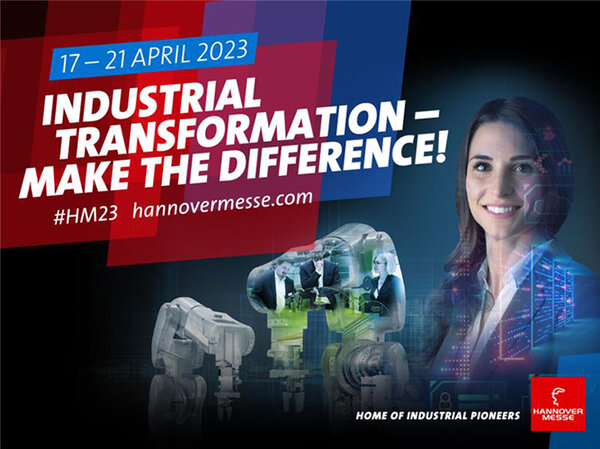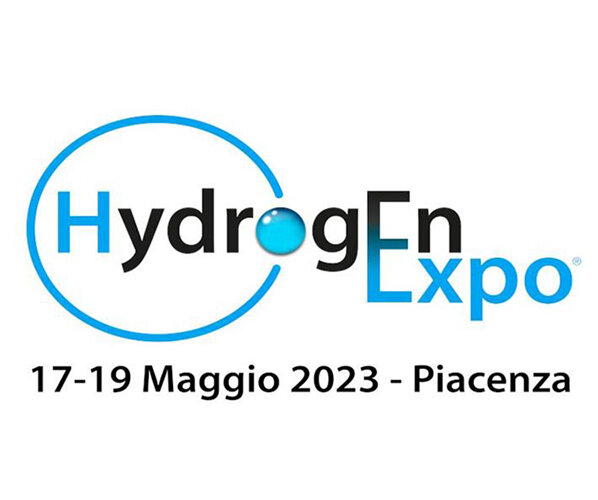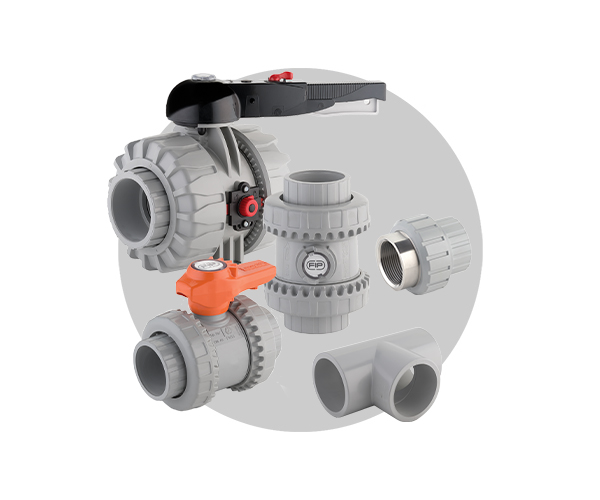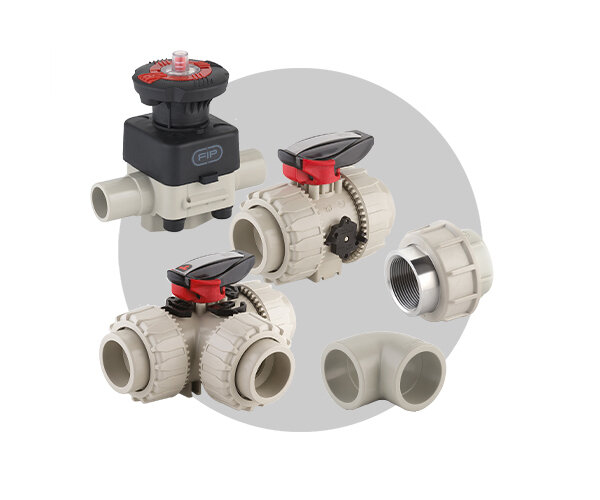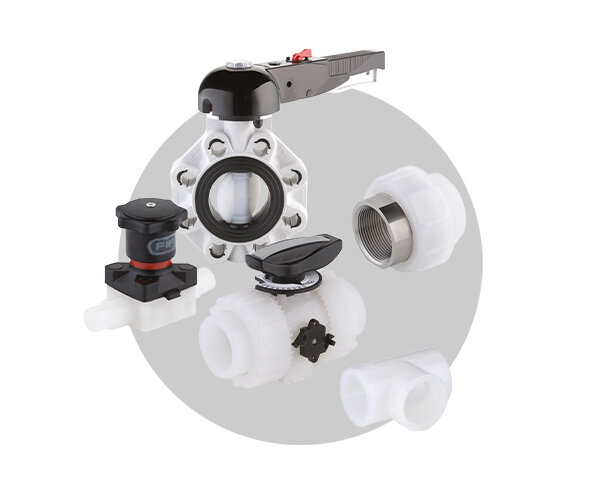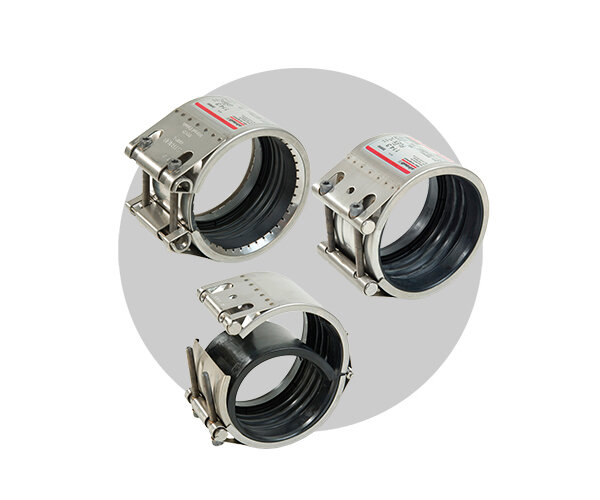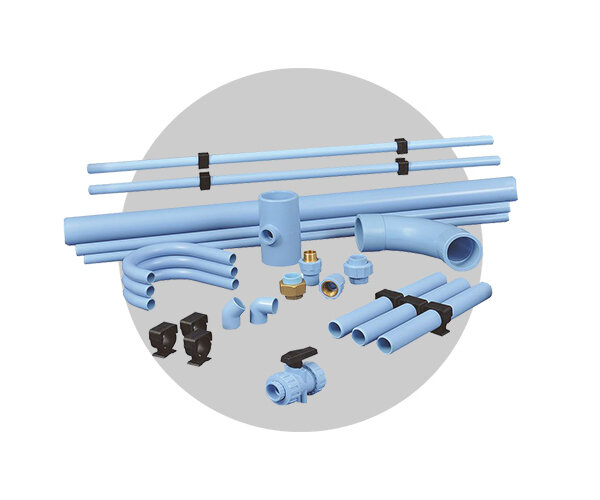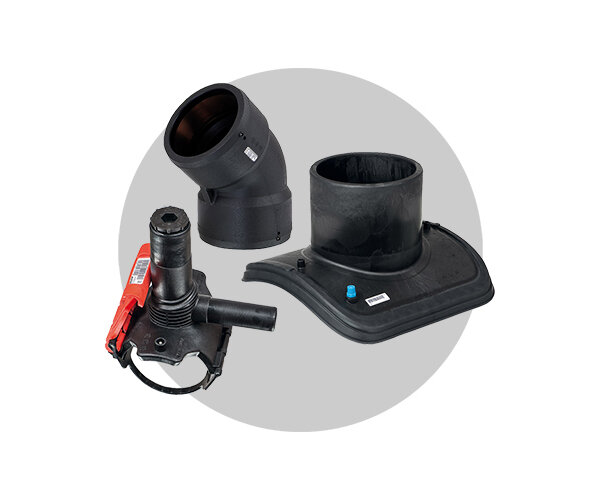Towards a zero impact future thanks to green hydrogen
As a global community, we need urgent action to tackle climate change and combat the effects of global warming.
To avoid worsening these effects and maintain a more livable planet, greenhouse gas emissions must be reduced by almost 50% by 2030 and zero by 2050.
The energy produced from renewable sources does not offer the flexibility necessary to achieve these results but conveyed with the "clean" energy vector of green hydrogen, it can be made available everywhere, without constraints and with zero emissions.
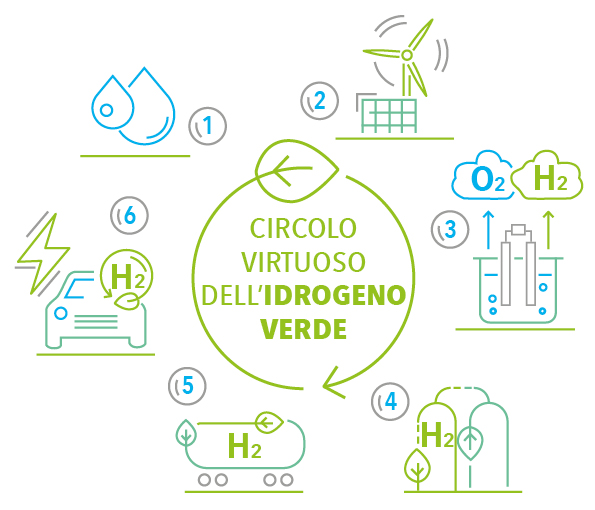
Hydrogen as an energy carrier
An economy based on hydrogen is a type of virtuous economic system, desirable for the future, in which the main energy vector is hydrogen, produced using different sources and stored in gaseous, liquid or metal hydride form, to be used later both in moving applications and to supply energy surplus to the traditional electricity grid.
According to the United Nations Economic Commission for Europe (UNECE), "The transition to a decarbonised hydrogen-based economy that can achieve carbon neutrality by 2050, in line with the goals of the Paris Agreement, requires an expansion rapid and extensive production of renewable and low-carbon hydrogen."
The UNECE also recalls that "Hydrogen (H2) is a bulk chemical used today mainly in oil refining and in the production of ammonia (for fertilizers) and methanol. When used as fuel, it does not generate direct emissions of pollutants or greenhouse gases. Thanks to its potential as a raw material, energy carrier and storage medium, hydrogen offers the prospect of decarbonising the energy sector and large sectors of the economy, such as transport, industry, energy production and public heating. It also opens up interesting prospects in sectors in which emissions are difficult to reduce, such as energy-intensive industries or long-haul transport, where electrification is only partially possible".
In 2020, the European Union made public a program to invest in hydrogen which aims to supply 1 million tonnes of renewable hydrogen by 2024 and 10 million tonnes by 2030; to achieve these ambitious goals and realize a hydrogen economy, different, fundamental approaches will have to be adopted:
- Promote clean hydrogen technologies
- Build on existing gas infrastructure
- Accelerate the deployment of electrolysers
- Scale up hydrogen projects by 2030
- Promote projects of common regional interest
Why hydrogen?
- It can store energy for long periods.
- It can transport energy over long distances.
- It can directly replace fossil fuels as an alternative fuel.
- It can guarantee clean combustion in which the only by-product is water.
But what is hydrogen?
Hydrogen is the most abundant element in the universe but it is never found only in nature: combined with carbon in fossil fuels, it has been the basis of economic development as a non-renewable energy source, combined with oxygen in water, it will be the key to the next energy revolution!
Hydrogen is not:
- a type of energy
- a renewable energy
- energy storage, there are no "hydrogen batteries"
- always "emission free"
Hydrogen is:
- the smallest element in nature, atomic number 1
- an energy carrier
- a fuel
- a gas
- produced by dissociation of other molecules
- already widely produced on the market
- the chemical element that binds the most
What are the energy sources for the production of H2?
L'idrogeno puro non è presente in natura, se non legato ad altri elementi come l'acqua.
Ma come si produce l'idrogeno? La maggior parte dell'idrogeno può essere estratto, con costi contenuti, da altre sostanze con procedure chimiche ed elettrolitiche, oppure può essere prodotto da altri combustibili utilizzando sostanze ad elevato contenuto energetico come i combustibili fossili.
Ma questi metodi, oltre ad esaurire risorse non rinnovabili, generano CO2.
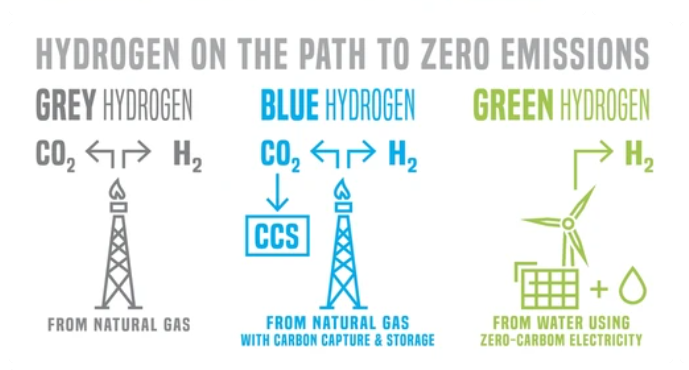
How to produce hydrogen without generating CO2?
The main sources of hydrogen production differ in the amount of CO2 generated during the process, from the more polluted bituminous coal to the more harmless electrolysis of water via lignite coal, nuclear energy and methane pyrolysis .
The electrolysis of water, powered by energy from renewable sources, therefore constitutes the true virtuous path, with zero impact as it does not generate CO2.
The electrolysis of water to produce hydrogen
The electrolysis of water is a long-known electrolytic process, in which the passage of electric current causes the decomposition of water into oxygen and gaseous hydrogen.
An electrolyser is not a simple device with two electrodes in a tank full of water, but is a complex system with various subsystems and components.
Massive industrial production and the construction of increasingly large plants capable of exploiting the scale effect is essential for reducing capital investment costs and improving reliability, efficiency and flexibility, especially when it comes to technologies powered by renewable sources such as wind and photovoltaic.
The liveliness and strength of the Italian hydrogen supply chain, increasingly capable of providing innovative technologies and systems along the entire value chain, is represented by the H2IT Italia association with the aim of promoting technological progress and the development of the related Italian market to the production, storage and use of hydrogen.
Aliaxis Italia is a partner of the startup BluEnergy Revolution which will present at Hannover Messe the pre-series MOSE (Modular Smart Electrolyzer) system on which FIP thermoplastic solutions are installed.
Green hydrogen, the real zero impact resource
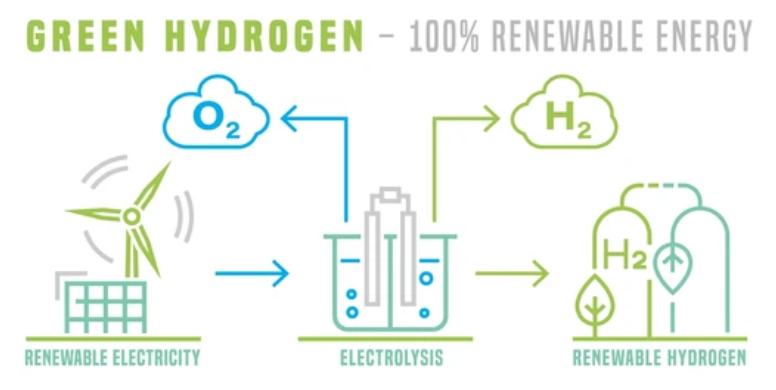
Aliaxis solutions for green hydrogen production plants
Aliaxis solutions consist of pipes, fittings, valves and instrumentation suitable for a wide range of applications for green hydrogen production and transport plants.
Our piping systems can easily overcome some of the main challenges associated with traditional metal piping systems, whether it is the transport of demineralized water, the management of the electrolyte containing potassium hydroxide or other fluids involved in the system.
-
Water treatment (reverse osmosis-RO, ion exchange resins-IX)
-
Preparation and management of the potassium hydroxide (KOH)-based electrolyte
-
Water electrolysis (Alkaline solution, Proton Exchange Membranes - PEM)
-
Cooling water
-
Distribution
-
The next appointments
